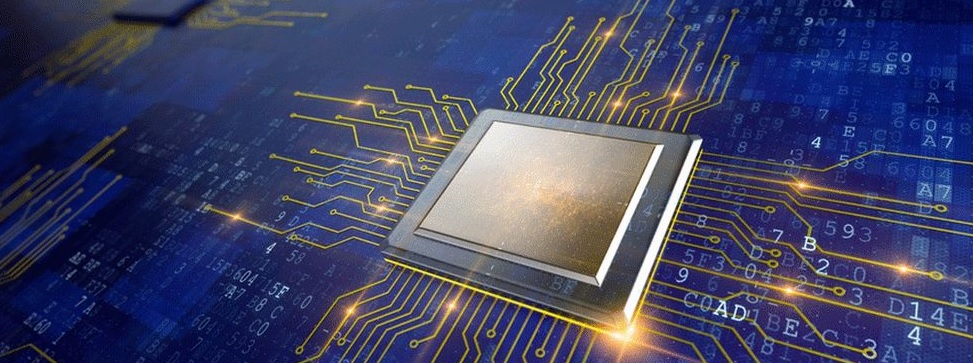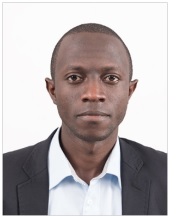Collaborators
Magneto-electric devices for future technologies: A DFT Based Study
Research in materials science employs phenomenological theoretical techniques to study fundamental physics in materials that will lead to technological importance. We combine newly developed theoretical methods in the design of new materials with specific functionalities and later on synthesis the proposed materials. Most recently, in our quest to obtain new materials and exciting properties, we observed electrical conductivity at the PbTiO3 /PbTiO3 domain wall as we explain in Ref. 1.
This was interesting since we observed conductivity at the interface of two well-known materials with a band gap of 3.4 eV2. The PbTiO3 /PbTiO3 charged domain wall is a device in a nano-scale with plenty of applications where electric-fields are applied. Such electrically charged domain walls can be switched into three structures with the help of electric fields in a non-volatile manner and has great importance in ferroelectric capacitors and sensor technology.
With such a success, the theoretical and experimental collaborators herein, purpose to design new materials that combine favorable magnetic properties with quality electrical properties. Usually, the atoms that are good in electrical conductivity are not good at all in magnetism as explained in Ref. 3. In this work, we combine two different types atoms in the same materials. Most electronic gadgets like laptops and mobile phones, employ two main types of materials; magnetic materials that store information and electrical materials like the semiconductors that process the information. This implies that we can combine both the electrical and magnetic capabilities in a single material that will lead in reduction in size and lead to energy saving by reducing energy consumption. From a practical point of view, such Contra-indicated multi-functional materials that have a tendency to combine a number of desirable functionalities that tend not to co-exist are rare in nature.
Our group gives a shot on transition metal oxides that has extremely strong correlations4,5. In such materials, the behavior of each electron automatically influences that of others. Such correlations usually result in multiple couple or competing instabilities, which in turn give room for strong tunable responses to electric or magnetic fields6. We will employ the state-of-the-art ab − initio techniques embedded in Density functional Theory7,8 as implemented in the Quantum Espresso and SIESTA codes9.
References
1 J. Sifuna, P. Garc´ıa-Fernandez, G. S. Manyali, G. Amolo, and J. Junquera, Phys. Rev. B 101, 174114 (2020).
2 D. I. Bilc, R. Orlando, R. Shaltaf, G.-M. Rignanese, J. ´In˜iguez, and P. Ghosez, Phys. Rev. B 77, 165107 (2008).
3 S. Jazbec, P. Koˇzelj, S. Vrtnik, Z. Jagliˇci´c, P. Popˇcevi´c, J. Ivkov, D. Stani´c, A. Smontara, M. Feuerbacher, and J. Dolinˇsek, Phys. Rev. B 86, 064205 (2012).
4 Y. Tokura, Physics Today 56, 50 (2003).
5 J. Ngai, F. Walker, and C. Ahn, Annual Review of Mate-rials Research 44, 1 (2014).
6 Y. Li, Q. Wang, L. DeBeer-Schmitt, Z. Guguchia, R. D. Desautels, J.-X. Yin, Q. Du, W. Ren, X. Zhao, Z. Zhang, I. A. Zaliznyak, C. Petrovic, W. Yin, M. Z. Hasan, H. Lei, and J. M. Tranquada, Phys. Rev. Lett. 123, 196604 (2019).
7 P. Hohenberg and W. Kohn, Phys. Rev. 136, B864 (1964).
8 W. Kohn and L. J. Sham, Phys. Rev. 140, A1133 (1965).
9 J. M. Soler, E. Artacho, J. D. Gale, A. Garc´ıa, J. Junquera, P. Ordejon, and D. Sanchez-Portal, J. Phys.: Condens. Matter 14, 2745 (2002).
Team Members
1. Dr. Victor Odari, MMUST-Physics (Lead Researcher)
2. Prof. Boniface Ndinya, MMUST-Physics
3. Prof. George Lawi, MMUST - Mathematics
4. Dr. Francis Gaitho, MMUST-Physics
5. Dr. Celline Awino, MMUST-Physics
6. Dr. Gershom Mutua, MMUST-Chemistry
7. Dr. George Manyali, KAFUCO-Physics
8. Mr. James Sifuna, CUEA-Physics
9. Mr. Wycliffe Isoe, MMUST-Physics
10. Mr. Pius Kirui, MMUST-Physics
11. Mr. Eugene Korongo, MMUST-Physics
12. Mr. Stephen Chege, TUK-Physics
Upcoming Events
1. Capacity Building in DFT Calculations and Applications, MMUST Researchers And Postgraduate Students Workshop, Thursday, 7th – Friday, 8th April 2022; VENUE: SPD 314, MMUST
Publications
1. Low Born effective Charges, High Covalency and Strong Optical Activity in X2+3Bi3−N3− (X=Ca,Sr,Ba) inverse- perovskites
https://doi.org/10.48550/arXiv.2203.00359



